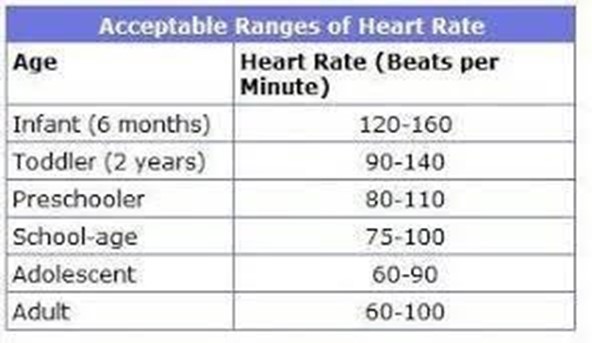A postpartum client who is Rh-negative refuses to receive Rho(D) immune globulin after the delivery of an infant who is Rh-positive. Which information should the practical nurse (PN) provide this client?
The R-positive factor from the fetus threatens her blood cells.
The mother should receive Rho(D) immune globulin when the baby is Rh-negative.
Rho(D) immune globulin is not necessary unless all pregnancies are Rh-positive.
Rho(D) immune globulin prevents maternal antibody formation for future Rh-positive babies.
The Correct Answer is D
When a Rh-negative mother gives birth to a Rh-positive baby, there is a risk that the mother's immune system will develop antibodies against the Rh-positive factor. These antibodies can cross the placenta in future pregnancies and atack the Rh-positive fetus, leading to hemolytic disease of the newborn. Rho(D) immune globulin is given after delivery to prevent the formation of these antibodies. The PN should explain this to the client and encourage her to reconsider her refusal of the treatment. Answers A, B, and C are incorrect and do not provide accurate information.

Nursing Test Bank
Naxlex Comprehensive Predictor Exams
Related Questions
Correct Answer is D
Explanation
Feeling sad or having a depressed mood is a common symptom of depression. Asking the client if they often feel sad can help the practical nurse (PN) assess for depression.
While recent stresses (A), sleep changes (B), and dietary habits (C) may also be relevant to the client's situation, asking if the client often feels sad is the most important question for the PN to ask in order to further assess for depression.
Correct Answer is D
Explanation
The newborn assessment finding that the practical nurse (PN) should report to the charge nurse immediately for a 24-hour-old infant is a heart rate of 100 beats/minute. The normal heart rate for a newborn is between 120-160 beats/minute. A heart rate of 100 beats/minute is below the normal range and may indicate a problem such as hypothermia or an infection. The PN should report this finding to the charge nurse immediately so that appropriate action can be taken to address the issue. The other assessment findings listed may also be important to monitor, but a heart rate of 100 beats/minute is the most urgent and requires immediate attention.

Whether you are a student looking to ace your exams or a practicing nurse seeking to enhance your expertise , our nursing education contents will empower you with the confidence and competence to make a difference in the lives of patients and become a respected leader in the healthcare field.
Visit Naxlex, invest in your future and unlock endless possibilities with our unparalleled nursing education contents today
Report Wrong Answer on the Current Question
Do you disagree with the answer? If yes, what is your expected answer? Explain.
Kindly be descriptive with the issue you are facing.
